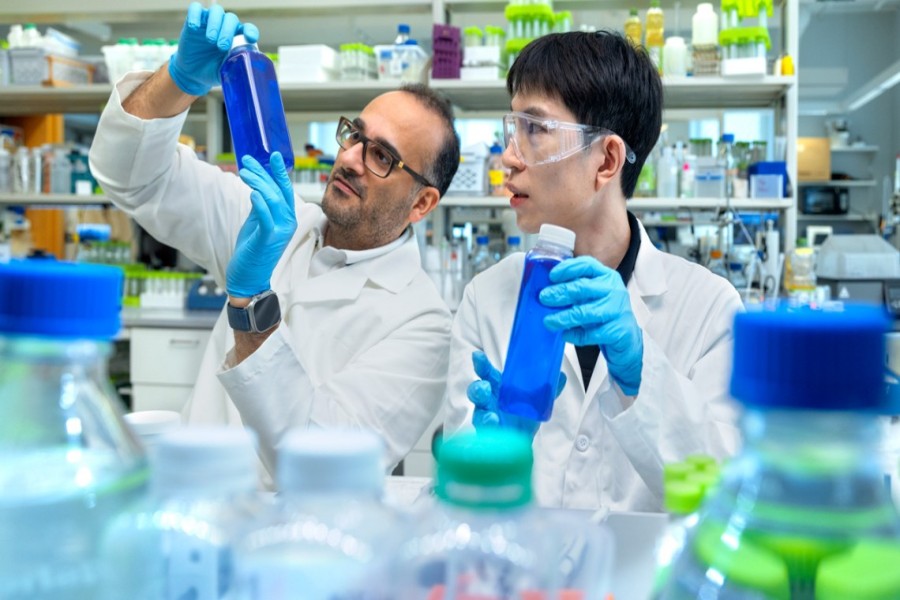
- Industry news
Industry news
- Category news
Category news
- Reports
- Key trends
- Multimedia
- Journal
- Events
- Suppliers
- Home
- Industry news
Industry news
- Category news
Category news
- Reports
- Key trends
- Multimedia
- Events
- Suppliers
Cornell scientists develop stable algae-based blue food dye

Cornell University researchers have developed a blue food dye from an algae protein that is more stable than existing natural alternatives and could replace petroleum-based artificial colorants. The findings, published July 24 in Food Hydrocolloids, describe a method to improve the stability and functionality of phycocyanin, a protein found in spirulina.
Phycocyanin is a natural blue pigment that can also serve as an emulsifier. According to doctoral candidate Qike Li, “Consumers don’t want artificial ingredients in their food. They want something healthier and more natural. Specifically, they want to see a ‘clean label,’ which is a major reason we have chosen to work to increase the functionality of phycocyanin as a colorant and emulsifier.”

The protein is normally sensitive to heat and light, making it difficult to use in food manufacturing. The research team reorganized it from large, uneven polymers into smaller, uniform components using a denaturant. Li said these particles have higher emulsifying capacity, produce a vibrant blue color, and can protect and deliver nutrients in oil.
The team used small-angle X-ray scattering to examine structural changes at the nanoscale. “It’s like using a magnifying glass to see and understand changes in protein structure,” says Alireza Abbaspourrad, corresponding author and associate professor of food chemistry and ingredient technology. He added that the aim is to develop phycocyanin to replace multiple synthetic ingredients.









